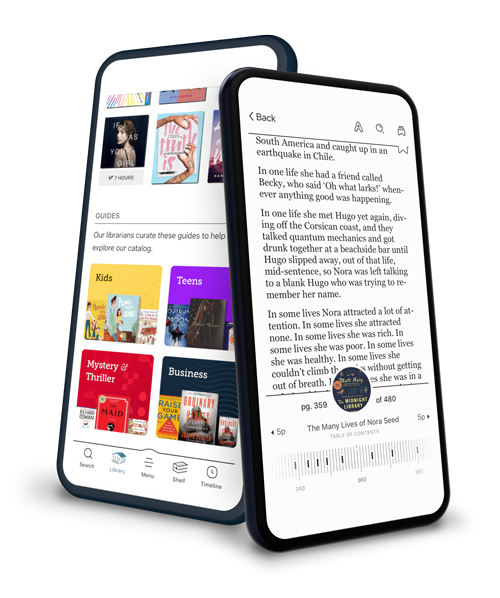
Sign up to save your library
With an OverDrive account, you can save your favorite libraries for at-a-glance information about availability. Find out more about OverDrive accounts.
Find this title in Libby, the library reading app by OverDrive.



Search for a digital library with this title
Title found at these libraries:
| Library Name | Distance |
|---|---|
| Loading... |
In creating this book, the authors of The First Amendment sought to create a "teacher's book" - a book that is easy to use, that produces rewarding classroom discussion, and that enables students to learn the concepts, doctrines, and analytical tools that underlie the First Amendment. It is designed to help students understand First Amendment theory, lead students to greater insights, generate classroom interactivity, and facilitate effective and inspired learning. It accomplishes these objectives through the inclusion of problems.
The problems are designed to illustrate and clarify doctrinal principles and conflicts, place students in real-life litigation scenarios, help students view First Amendment issues in modern and historical context, and prepare students for actual practice. Some problems raise questions about ambiguous doctrines, while others ask students to apply existing doctrine to new situations. Most problems place students in the position of a lawyer and ask them to explain how they might argue a particular case (e.g., what facts or arguments they might use in support of their positions). The ultimate objective is to advance student ability to solve problems using critical thinking and thereby accelerate development of a core lawyering skill.
Tradeoffs are necessary for any constitutional law casebook, and this book is no different. Although it includes the landmark cases, it does not attempt to catalog every decision (even every United States Supreme Court ruling) in each of the relevant areas. The authors have chosen cases for a variety of reasons: because they are modern cases that reflect the current state of the law; because they are "landmarks" that students need to read and understand; or because (even though they might be older cases) they provide critical context or enrich understanding and perspective.







